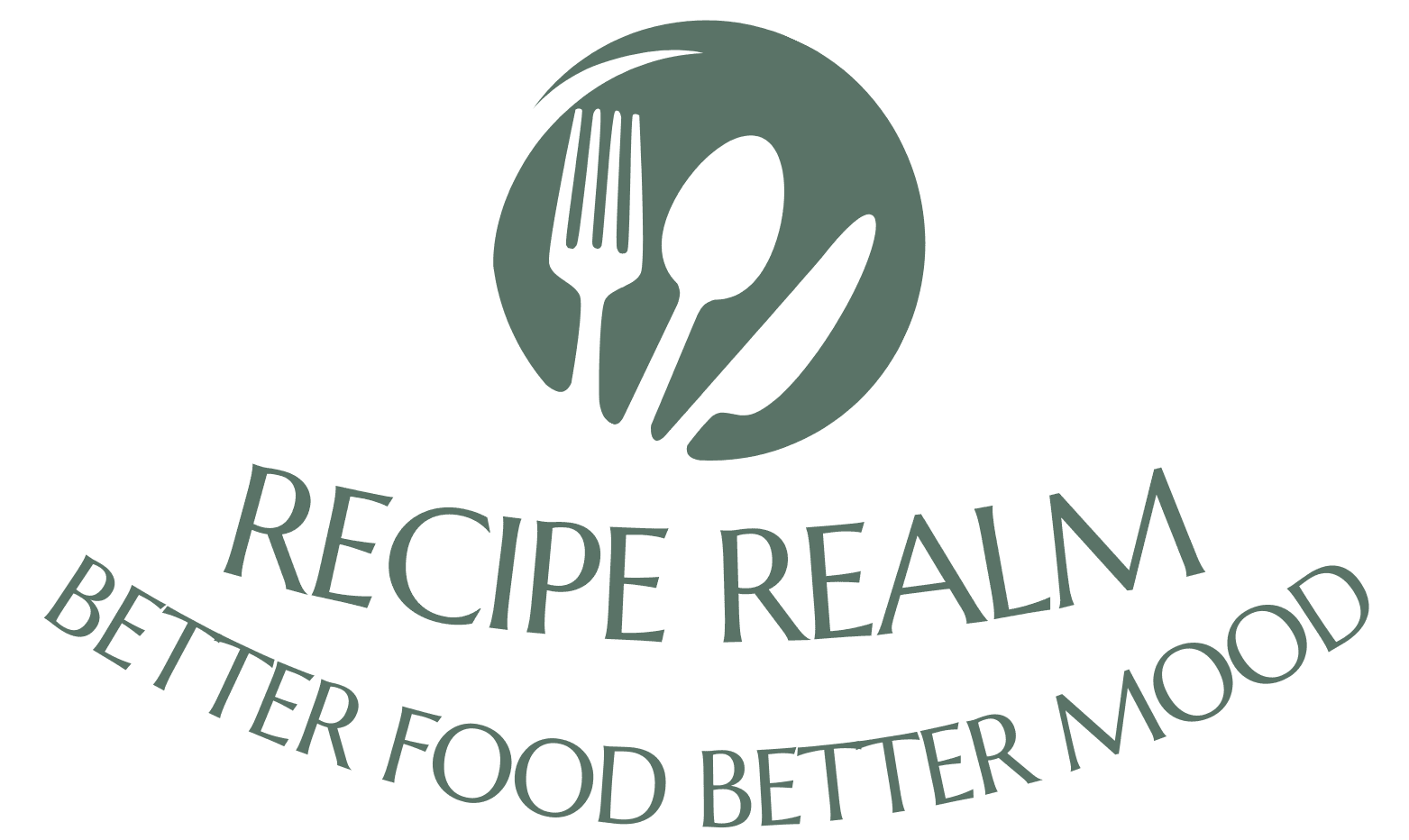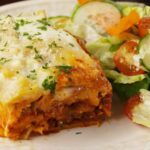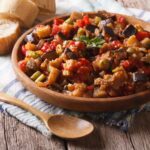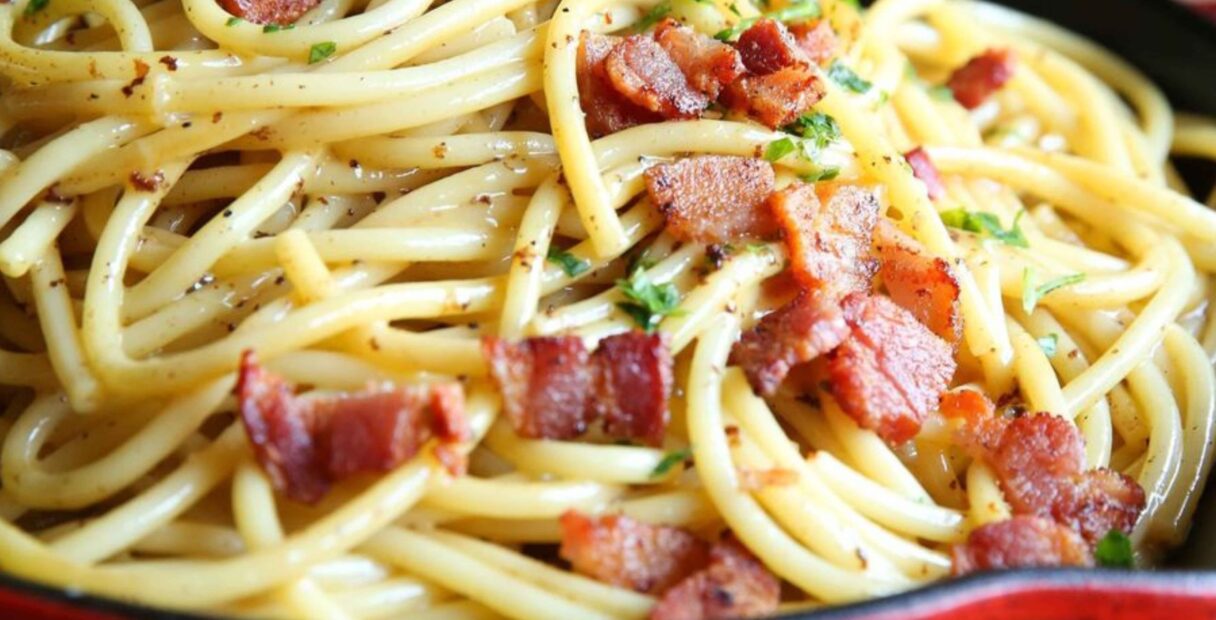
Carbonara

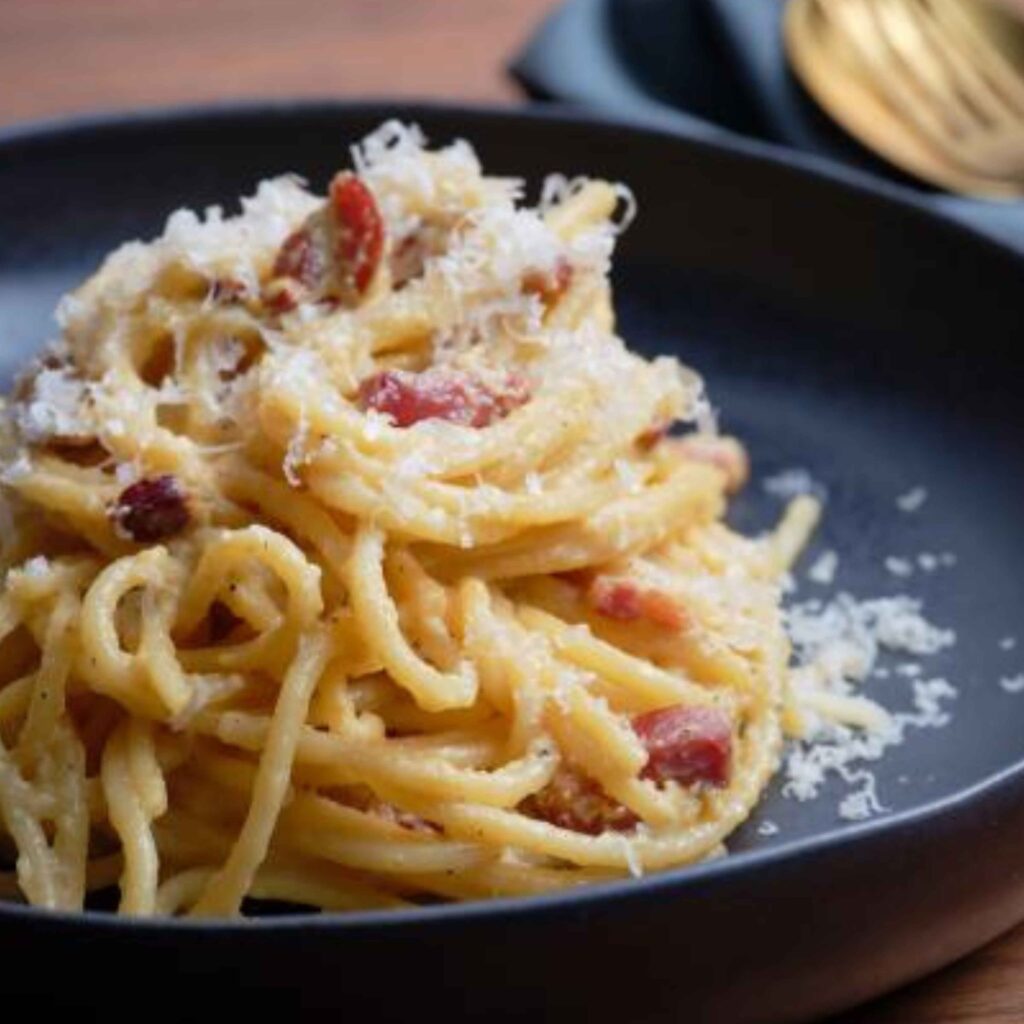
Carbonara: A Roman Classic
Introduction
Carbonara, a creamy and indulgent pasta dish, beckons you to savor the flavors of Rome’s rich culinary heritage. This iconic Italian creation, featuring pasta, eggs, cheese, and pancetta, has a history as rich as the city’s ancient architecture. In this article, we embark on a journey to explore the intriguing history and cultural significance of Carbonara, a culinary masterpiece celebrated for its simplicity and depth of flavor.
Roman Roots
A Dish from the Eternal City
The origins of Carbonara can be traced back to Rome, where it is believed to have emerged in the mid-20th century. The exact history of the dish is the subject of debate among culinary historians, with multiple theories about its creation. Some attribute it to Roman charcoal workers (carbonari), while others suggest it was inspired by American GIs during World War II.
Mediterranean Influence
A Taste of Roman Cuisine
Carbonara embodies the essence of Roman cuisine, known for its use of simple and locally sourced ingredients. The classic recipe includes spaghetti, eggs, Pecorino Romano cheese, and pancetta or guanciale (cured pork jowl). The combination of these elements creates a rich and creamy sauce that coats the pasta, resulting in a comforting and satisfying dish.
Cultural Significance
A Roman Delicacy
Carbonara is more than just a meal; it is a symbol of Roman culinary traditions and a source of local pride. It is often served in Roman trattorias and restaurants, where its creamy richness and depth of flavor reflect the heart and soul of the city’s food culture.
Conclusion
In conclusion, the history of Carbonara is a captivating journey through the culinary traditions of Rome. From its debated origins to its status as an international symbol of Roman cuisine, Carbonara continues to captivate with its rich history and cultural significance. Its journey from the streets of Rome to dining tables around the world showcases the timeless allure of this creamy and indulgent pasta classic.
For those eager to explore more about Carbonara and its regional variations, there are dedicated culinary resources and studies of Italian cuisine that offer deeper insights into this cherished culinary delight.
- Serves: 4 People
- Prep Time: 10 minutes
- Cooking: 15 minutes
- Difficulties: easy
Ingredients
For Cooking
- 12 oz spaghetti fettuccine
- 4 oz pancetta or guanciale, diced
- 3 large egg yolks
- 1cup Pecorino Romano cheese grated
- 1/2 teaspoon freshly ground black pepper
- Salt, to taste
- 2tablespoons extra-virgin olive oil
- 2 cloves garlic minced
- Fresh parsley, chopped (for garnish)
For Dressing
Nutritional Information
-
Calories
560 -
Total Fat:
29g -
Saturated Fat:
11g -
Cholesterol:
195mg -
Sodium:
670mg -
Total Carbohydrates:
53g -
Dietary Fiber
2g -
Sugars
2g -
Protein:
23g
Procedure
Conclusion: Carbonara exemplifies the simplicity and elegance of Italian cuisine. The classic recipe combines staple ingredients into a creamy pasta dish that delights the senses. With variations like bucatini carbonara or a vegetarian twist, you can tailor this indulgent recipe to suit various preferences. The interplay of flavors and textures in carbonara showcases the artistry of Italian cooking, making it a cherished favorite on tables around the world.
-
Mark As Complete
Bring a large pot of salted water to a boil. Cook the pasta until al dente, then drain, reserving about 1/2 cup of pasta water.
-
Mark As Complete
In a skillet, heat the olive oil over medium heat. Add the diced pancetta or guanciale and cook until crisp and golden. Remove from heat and set aside.
-
Mark As Complete
In a bowl, whisk together the egg yolks, grated Pecorino Romano cheese, and freshly ground black pepper. Set aside.
-
Mark As Complete
In the same skillet used for the pancetta, sauté the minced garlic until fragrant.
-
Mark As Complete
Toss the cooked pasta into the skillet with the sautéed garlic. Mix well.
-
Mark As Complete
Remove the skillet from heat and quickly stir in the egg and cheese mixture. The residual heat will cook the eggs, creating a creamy sauce. If the mixture is too thick, add a splash of reserved pasta water to achieve desired consistency.
-
Mark As Complete
Fold in the cooked pancetta or guanciale.
-
Mark As Complete
Season with salt if needed.
-
Mark As Complete
Garnish with chopped parsley and additional Pecorino Romano cheese.
-
Mark As Complete
Serve immediately and enjoy!
Dawood Ali Mian
Chef Dawood brings a wealth of experience and a diverse culinary background to our kitchen. His culinary training spans the globe, from classic French techniques to contemporary fusion cuisine. Drawing inspiration from both traditional and modern culinary traditions, Chef Dawood’s creations are a harmonious blend of flavors and textures that tantalize the palate.
You also might like
No recipe were found.
